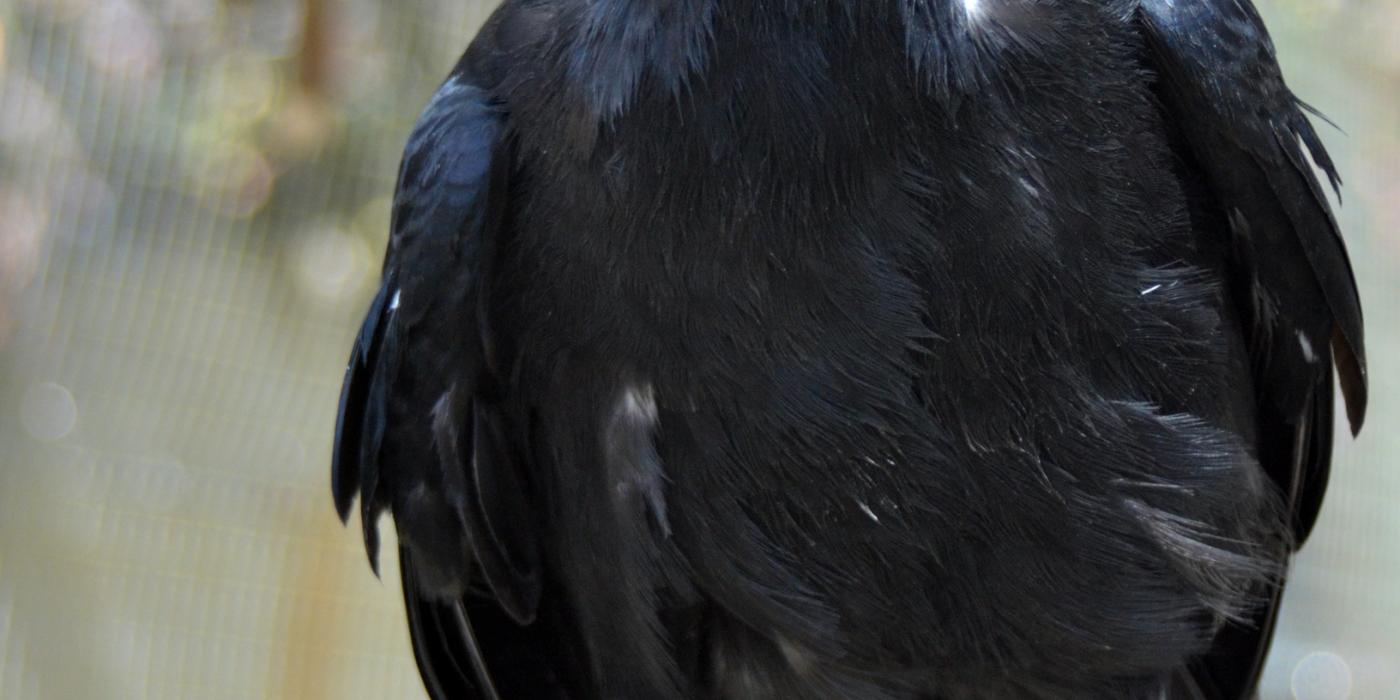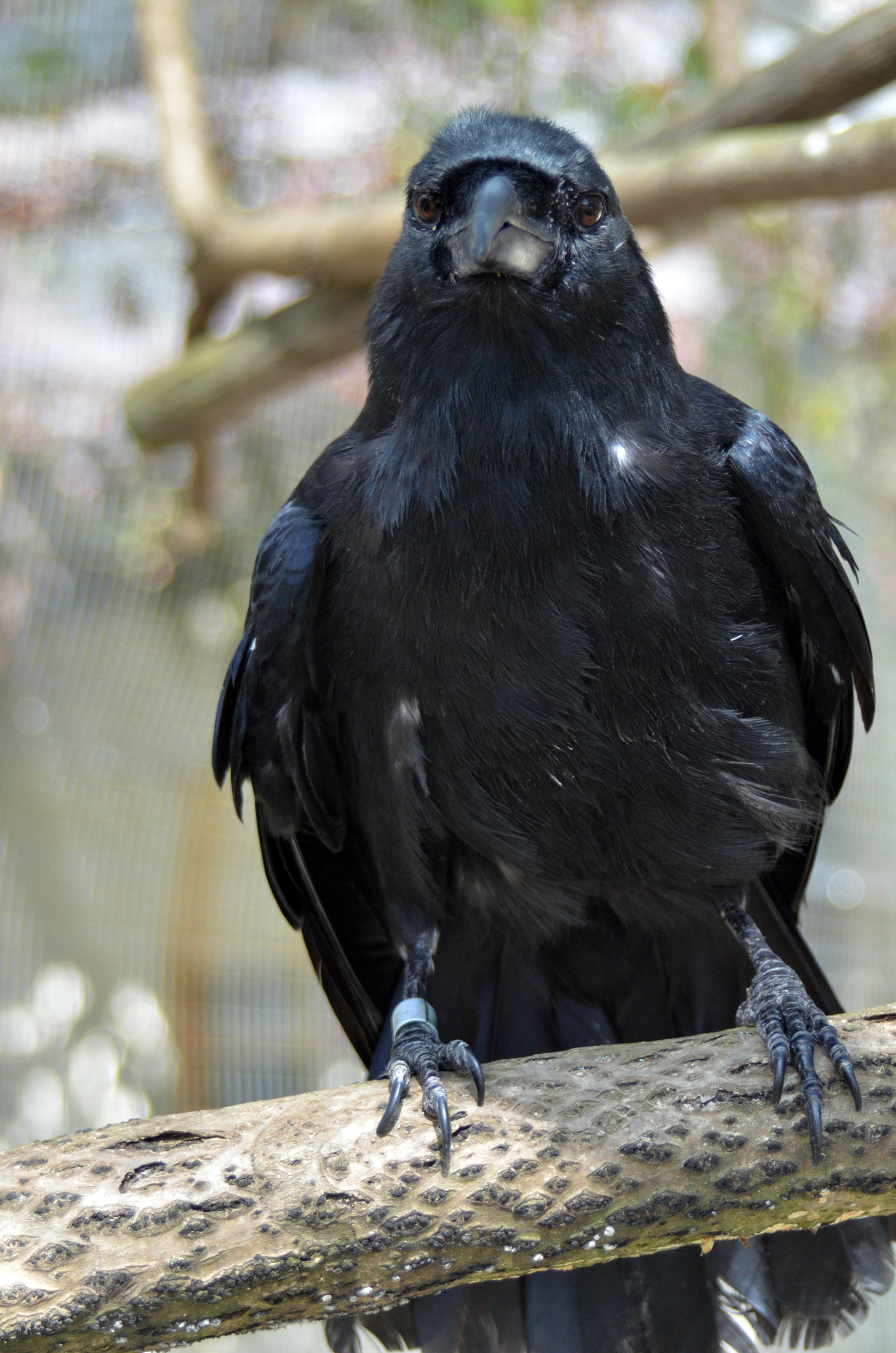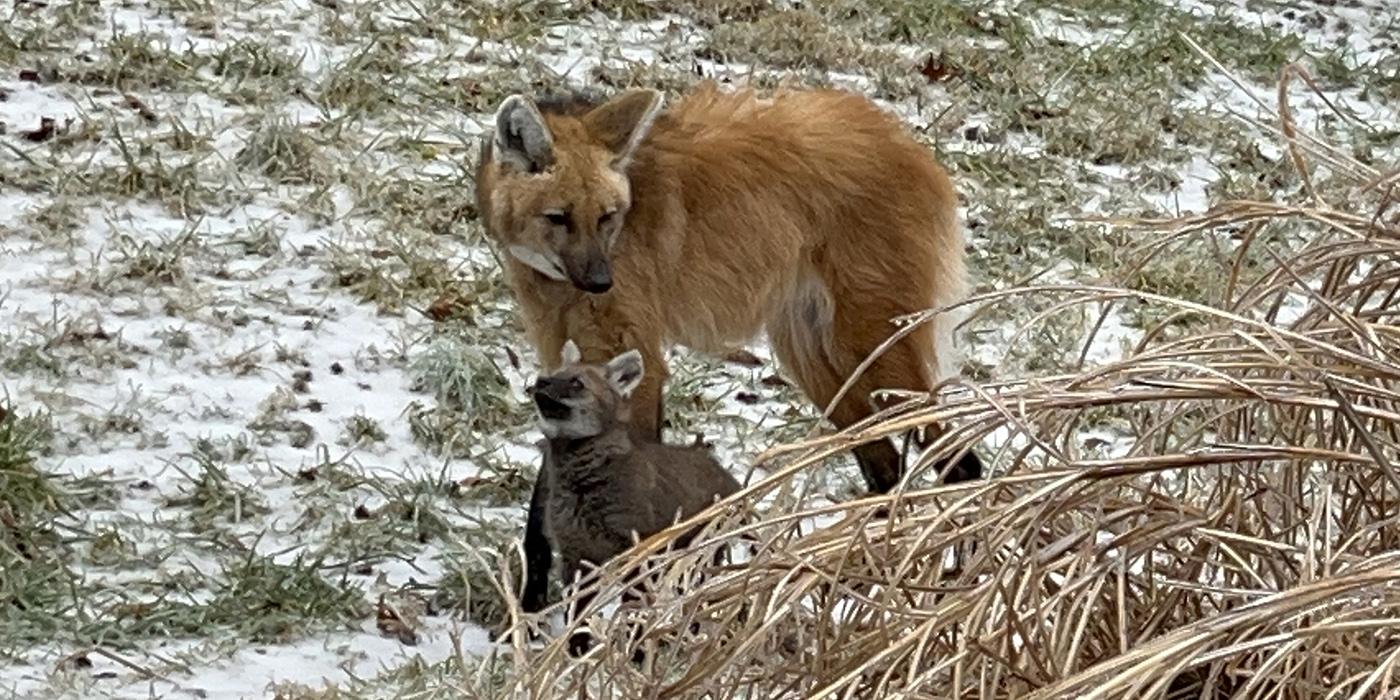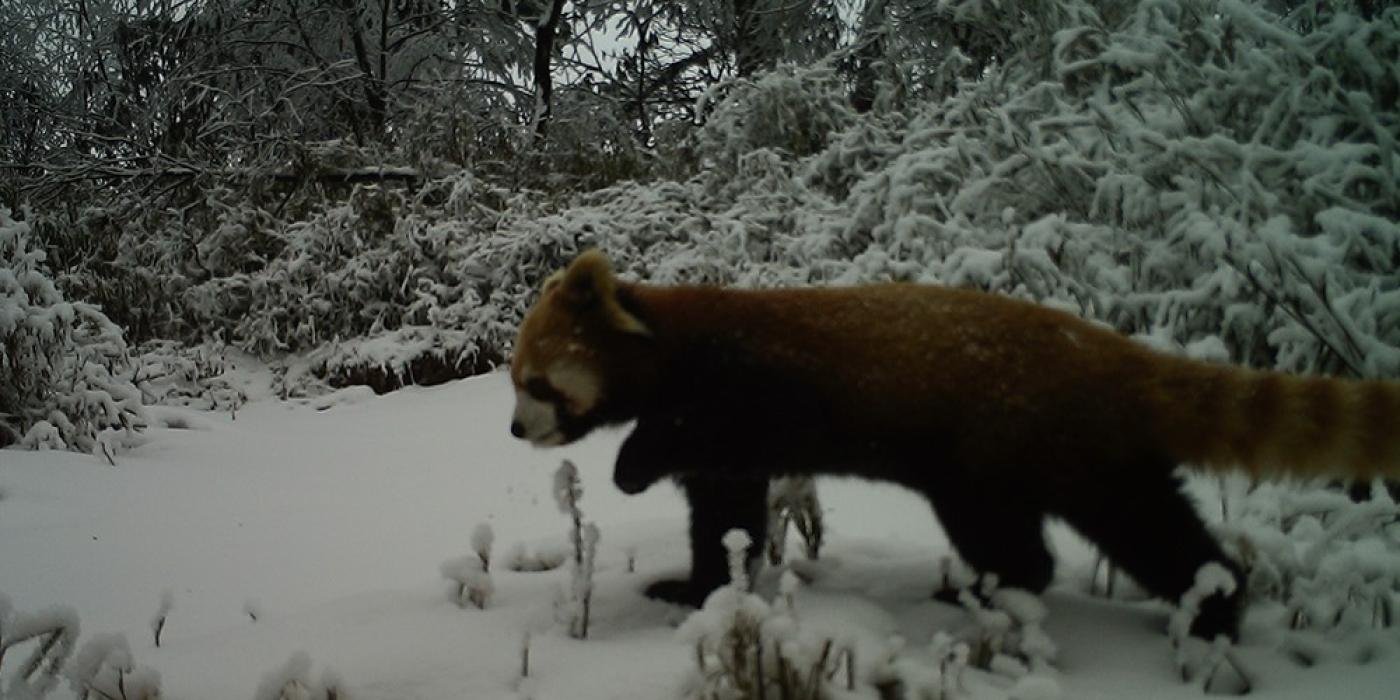Only Mariana Crow Outside Micronesia Dies at Smithsonian Conservation Biology Institute
An elderly 25-year-old male Mariana crow named Clint was humanely euthanized at the Smithsonian Conservation Biology Institute (SCBI) Jan.14. Clint was the only Mariana crow living outside of Rota Island in the Commonwealth of the Northern Mariana Islands—the only place that the birds are now found in the wild. CNMI includes the 14 northernmost islands in the Mariana Archipelago in the Pacific Ocean. Guam, the southernmost island in the chain, is a separate U.S. territory. The average life span for a Mariana crow is unknown but suspected to be around 14 years.
During the past 2 weeks Clint experienced some weight loss, but a sudden decline in his health, causing him to become lethargic and lose his appetite started Jan. 13. Despite treatment with fluids and anti-inflammatory drugs, his condition continued to rapidly decline overnight, and animal care staff made the difficult decision to euthanize him. A final pathology report will provide more information in the coming weeks. Following a visual necropsy exam, Clint’s body will be sent to the Smithsonian’s National Museum of Natural History to be preserved by experts.
Clint moved to SCBI, in 1995 as part of a recovery effort to save the species from extinction. In 1997 all Mariana crows living on the mainland U.S. were moved to Guam due to the threat from West Nile Virus. Corvids, which are birds that include crows and ravens, are extremely susceptible to West Nile Virus. Due to strict biosecurity precautions and requirements, Clint could not return to the Mariana Islands though he had been vaccinated against the virus.
After Clint’s companion, Russell, died in 2010, Clint began seeking out more interaction with his keepers and other staff. As a result, he imprinted on humans. Clint enjoyed multiple visits every day from staff, interns, volunteers and students who stopped by his outdoor enclosure. He was well known at SCBI for his playfulness, and would often bring sticks, leaves, or his favorite enrichment toys to the mesh of his enclosure for visitors to see.
The Mariana crow is a critically endangered species endemic to Guam and Rota and is the only member of the corvid family in Micronesia. Invasive brown tree snakes, accidentally introduced to Guam during the 1950s, have hunted Mariana crows and many other birds, bats and reptiles on Guam to extinction. The last remaining 150 Mariana crows now live only on Rota, which is free of brown tree snakes. The Guam Division of Aquatic and Wildlife Resources (DAWR) works with partners around the world, including SCBI, to repopulate Mariana crows. In 2018, San Diego Zoo Global released five Mariana crows back to the wild on Rota.
The Smithsonian Conservation Biology Institute specializes in species management, propagation, research and reintroduction of birds native to Guam and the Northern Mariana Islands.
SCBI plays a leading role in the Smithsonian’s global efforts to save wildlife species from extinction and train future generations of conservationists. SCBI spearheads research programs at its headquarters in Front Royal, Va., the Smithsonian’s National Zoo in Washington, D.C., and at field research stations and training sites worldwide. SCBI scientists tackle some of today’s most complex conservation challenges by applying and sharing what they learn about animal behavior and reproduction, ecology, genetics, migration and conservation sustainability.





